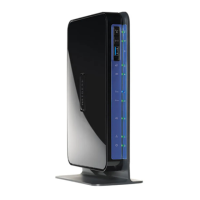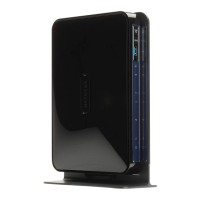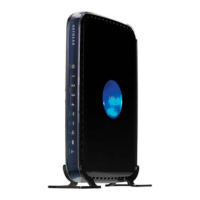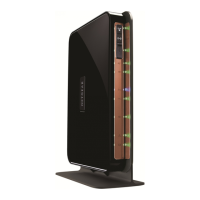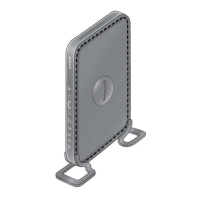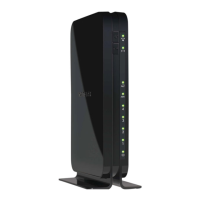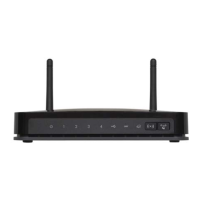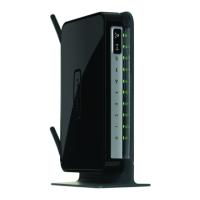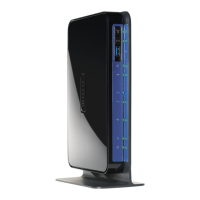











Do you have a question about the NETGEAR DGND3700v2 and is the answer not in the manual?
| Model | DGND3700v2 |
|---|---|
| Type | Wireless Router |
| Wireless Standard | 802.11 a/b/g/n |
| Frequency Band | 2.4 GHz / 5 GHz |
| Ethernet Ports | 4 x 10/100/1000 Mbps |
| USB Ports | 2 x USB 2.0 |
| Antenna | Internal |
| Security | WEP, WPA, WPA2 |
| Firewall | SPI, NAT |
| VPN Support | VPN pass-through |
| Dimensions | 223 x 153 x 31 mm |
| Weight | 0.5 kg |
| Wireless Speed | 300 + 300 Mbps |
| WAN Ports | 1 x ADSL2+ |
Provides guidance on optimal placement of the wireless router for best network range and performance.
Step-by-step guide with diagrams on how to connect the wireless modem router.
Details on preparing for router setup, including gathering ISP information and checking network settings.
Information needed from your Internet Service Provider to configure the wireless modem router.
Step-by-step guide to using the NETGEAR Genie software for router setup.
Instructions on how to access and use NETGEAR Genie to manage router settings post-installation.
Guide on how to check for and install the latest firmware for the wireless modem router.
Overview of the router's dashboard for viewing network status and accessing menus.
Methods for connecting wireless devices to the network, including manual and WPS.
Configure ISP information, IP address, and DNS server settings for internet connectivity.
Configure basic wireless network settings such as SSID, security options, and passphrase.
Guides users through advanced router configuration tasks.
Provides access to various setup options including Internet, ADSL, Wireless, WAN, LAN, and QoS.
Configure DMZ server, MTU size, and ping responses for the WAN port.
Configure LAN IP services like DHCP and Routing Information Protocol (RIP).
Instructions on how to access USB storage devices shared on the network.
Connect and manage a USB printer attached to the wireless modem router.
Configure rules to block or allow specific internet traffic services for network computers.
Procedure for updating the router's firmware to the latest version.
Change the default administrator password for accessing the router's interface.
Fine-tune wireless settings like signal scheduling and access control lists.
Allow specific inbound traffic to reach servers or applications on the local network.
Diagnose problems by interpreting the status of the router's LED indicators.
Solutions for issues preventing login to the wireless modem router's interface.
Troubleshooting steps for when the router is accessible but internet access fails.
